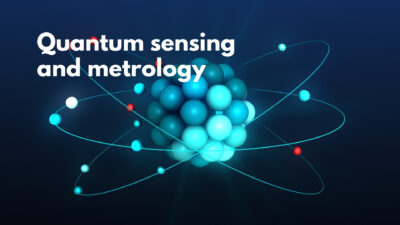Dr. John Hall, a NIST/JILA Fellow, discusses NIST’s role in advancing precision science and fostering a culture of innovation. He highlights how NIST has evolved from a diverse research organization in the 1960s into a world-leading institution by supporting intellectual freedom and attracting top scientists. His work has focused on optical frequency standards and atomic clocks, which offer greater accuracy than traditional radio-based clocks. These advancements have had major impacts, including the redefinition of the meter and the development of optical frequency combs.
Hall also emphasizes the importance of collaboration and risk-taking in scientific discovery, citing the recruitment of Dr. Eric Cornell, who later won a Nobel Prize for achieving Bose-Einstein Condensation. The development of optical frequency combs, which allow precise measurement of light frequencies, has led to applications in quantum control, laser synchronization, and even measuring the size of large objects like airplanes. These innovations continue to shape both scientific research and practical technologies.
Keywords: optical frequency standards, optical clocks, quantum optics



